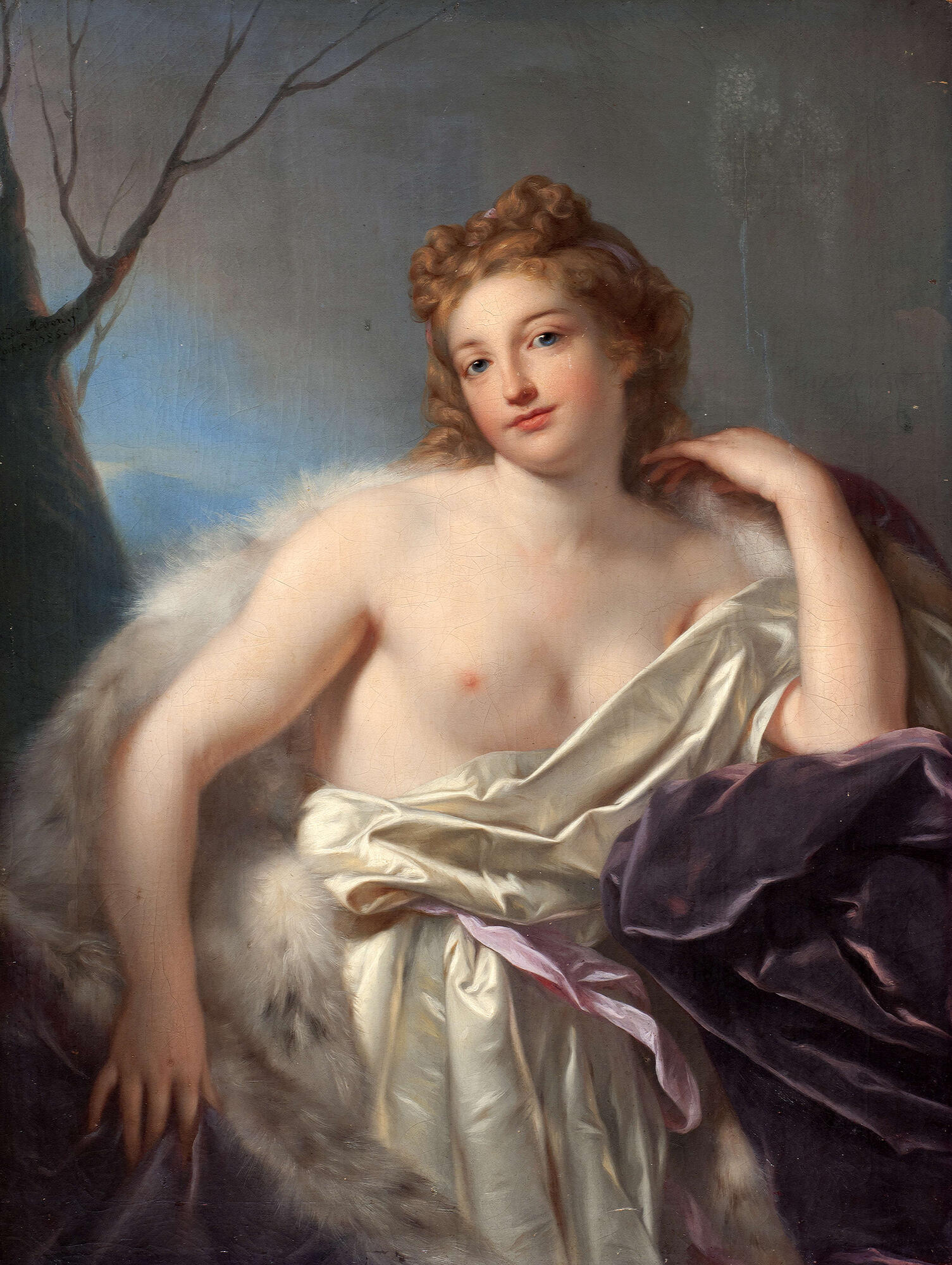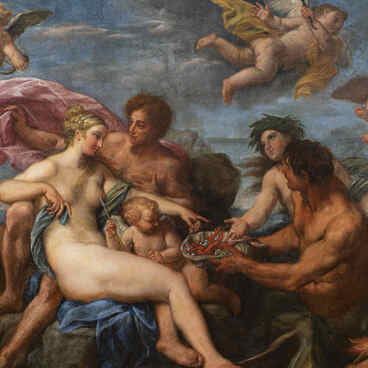Anton von Maron was an outstanding portrait painter, one of the brightest representatives of Early Classicism in Austrian painting.
Anton von Maron was born in Vienna into a family of artists. In the 1840s he studied at the Vienna Academy of Art, and after graduation he left for Rome, where he lived until the end of his life. Maron had a noble title and also held a number of important positions in the art academies of the Austrian and Italian capitals, he was director of the Academy of Saint Luke in Rome, where he lectured on the theory of painting.
Anton Raphael Mengs, the German neoclassical painter, played a great role in the fate of the Austrian painter. After moving to Rome, Maron settled in his house, was his first apprentice and assistant, and collaborated with him on the frescoes of the Villa of Cardinal Albani. He also married Mengs’ sister, the miniaturist painter Teresia Concordia.
After Mengs left for Spain, Maron began to work on his own, painting the altar works for the Church of the German-speaking Catholics of Santa Maria del Anima. He also took part in other design projects. Maron received numerous commissions for paintings of historical, mythological and religious genres. However, his real masterpieces were in the genre of portrait painting. Maron was one of the most popular and sought-after portrait painters of the 18th century in Rome. He painted princes and diplomats, church dignitaries and English aristocrats who visited Rome. Maron made portraits of his clients in the style of Pompeo Batoni (another successful master of ceremonial portraiture), usually life-size, in elegant fashionable attire, with classical sculptures or views of Rome in the background. He painted a number of portraits of the Austrian royal family.
Maron also fulfilled commissions for the Russian aristocracy, in particular, for Emperor Paul I and Prince Nikolai Borisovich Yusupov, the founder of the famous family collection. For almost 60 years, Yusupov collected books, sculpture, bronze, porcelain and works of Western European painting. His collection was the largest private one in Russia and numbered over 550 paintings. One of them, “Allegory of Winter”, was painted by Maron especially for the Russian prince.
Anton von Maron was born in Vienna into a family of artists. In the 1840s he studied at the Vienna Academy of Art, and after graduation he left for Rome, where he lived until the end of his life. Maron had a noble title and also held a number of important positions in the art academies of the Austrian and Italian capitals, he was director of the Academy of Saint Luke in Rome, where he lectured on the theory of painting.
Anton Raphael Mengs, the German neoclassical painter, played a great role in the fate of the Austrian painter. After moving to Rome, Maron settled in his house, was his first apprentice and assistant, and collaborated with him on the frescoes of the Villa of Cardinal Albani. He also married Mengs’ sister, the miniaturist painter Teresia Concordia.
After Mengs left for Spain, Maron began to work on his own, painting the altar works for the Church of the German-speaking Catholics of Santa Maria del Anima. He also took part in other design projects. Maron received numerous commissions for paintings of historical, mythological and religious genres. However, his real masterpieces were in the genre of portrait painting. Maron was one of the most popular and sought-after portrait painters of the 18th century in Rome. He painted princes and diplomats, church dignitaries and English aristocrats who visited Rome. Maron made portraits of his clients in the style of Pompeo Batoni (another successful master of ceremonial portraiture), usually life-size, in elegant fashionable attire, with classical sculptures or views of Rome in the background. He painted a number of portraits of the Austrian royal family.
Maron also fulfilled commissions for the Russian aristocracy, in particular, for Emperor Paul I and Prince Nikolai Borisovich Yusupov, the founder of the famous family collection. For almost 60 years, Yusupov collected books, sculpture, bronze, porcelain and works of Western European painting. His collection was the largest private one in Russia and numbered over 550 paintings. One of them, “Allegory of Winter”, was painted by Maron especially for the Russian prince.


